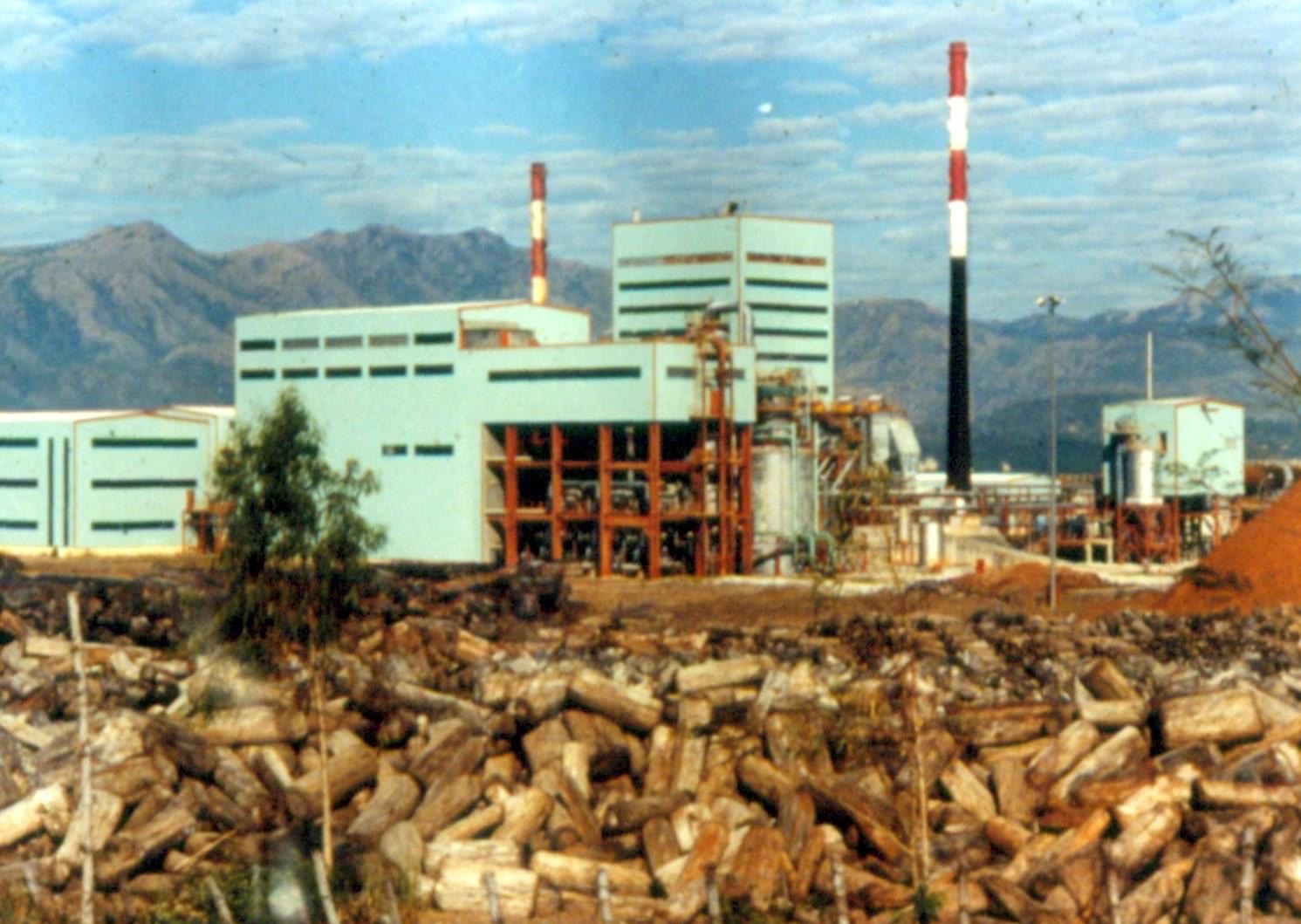


Photo of a newspaper article and photos of the struggle against the Chico Dams project by Roberto Coloma.
PART 1
The Popular Resistance to Chico and Cellophil
In the 1970’s, the Anti-Chico Dam struggle of the Kalinga and Bontok people, followed soon after by the Tinggian opposition to the Cellophil Resources Corporation (CRC), sparked off the popular movement in the region in defense of indigenous peoples’ rights.
The Chico Dam would have inundated villages of the people. The biggest dam was to be Chico IV in Tomiangan and would have displaced over a thousand Kalinga families alone, directly submerging at least four towns and several hundreds of hectares of land.
Meanwhile, the CRC, a paper and pulp processing plant, would have ravaged almost 200,000 hectares of mostly pine forests in Abra, Kalinga-Apayao, Mountain Province, Ilocos Norte and Ilocos Sur, covering some of the most extensive watersheds of Northern Luzon, and affecting an estimated 145,000 inhabitants of the area (mostly indigenous peoples).

The Cellophil Resources Corporation. Photo courtesy of Cordillera Resource Center.
Amid state repression and outright military brutality, leaders and warriors from these affected provinces came forward to register their communities’ desire to be left alone to chart their own course of development and defend their ancestral domain.
Community meetings and bodongs or peace pacts galvanized the people’s solidarity and resolve to fight as one. They were not alone in this fight. Their protest and defiance gained support and admiration from communities and countries near and far.
One of the brave leaders of the struggle was Macliing Dulag of the Butbut tribe, in Bugnay, Tinglayan, Kalinga who articulated his people’s determination not to sell out their patrimony. On April 24, 1980, military troops of the Marcos dictatorship gunned down Macliing Dulag in the dead of night in an effort to intimidate the indigenous opposition. The people refused to be cowed. Instead, Macliing’s death was commemorated with a Macliing memorial yearly thereafter to remember the martyrs who had given up their lives in the struggle. It also became an occasion where Cordillera advocates would come to express their solidarity with the Cordillera peoples’ struggles.
In 1985, April 24 was commemorated as Cordillera Day for the first time. Since then, Cordillera Day has annually been commemorated by the CPA with a regionally-coordinated mobilization and with the participation of a great number of Cordillera advocates. Cordillera Day has since been held in all of the provinces and in many municipalities throughout the region, where organizations and individuals renew their commitment to support and uphold the indigenous people’s struggle for self-determination.

Photo of a Macliing Memorial. Macliing Memorials were held every April 24 from 1981-1984. In 1985, the Macliing Memorial started to be called the Cordillera Day celebration and spearheaded by the Cordillera Peoples Alliance. Photo courtesy of UP Baguio Outcrop.

A lakay emphasizes the need to stop the logging operation of CRC as it destroys the livilihood of the Tingguians and the environment. Photo courtesy of Cordillera Resource Center.
CORDILLERA PEOPLES ALLIANCE, Gains and Lessons of the Cordillera Mass Movement, October 2006